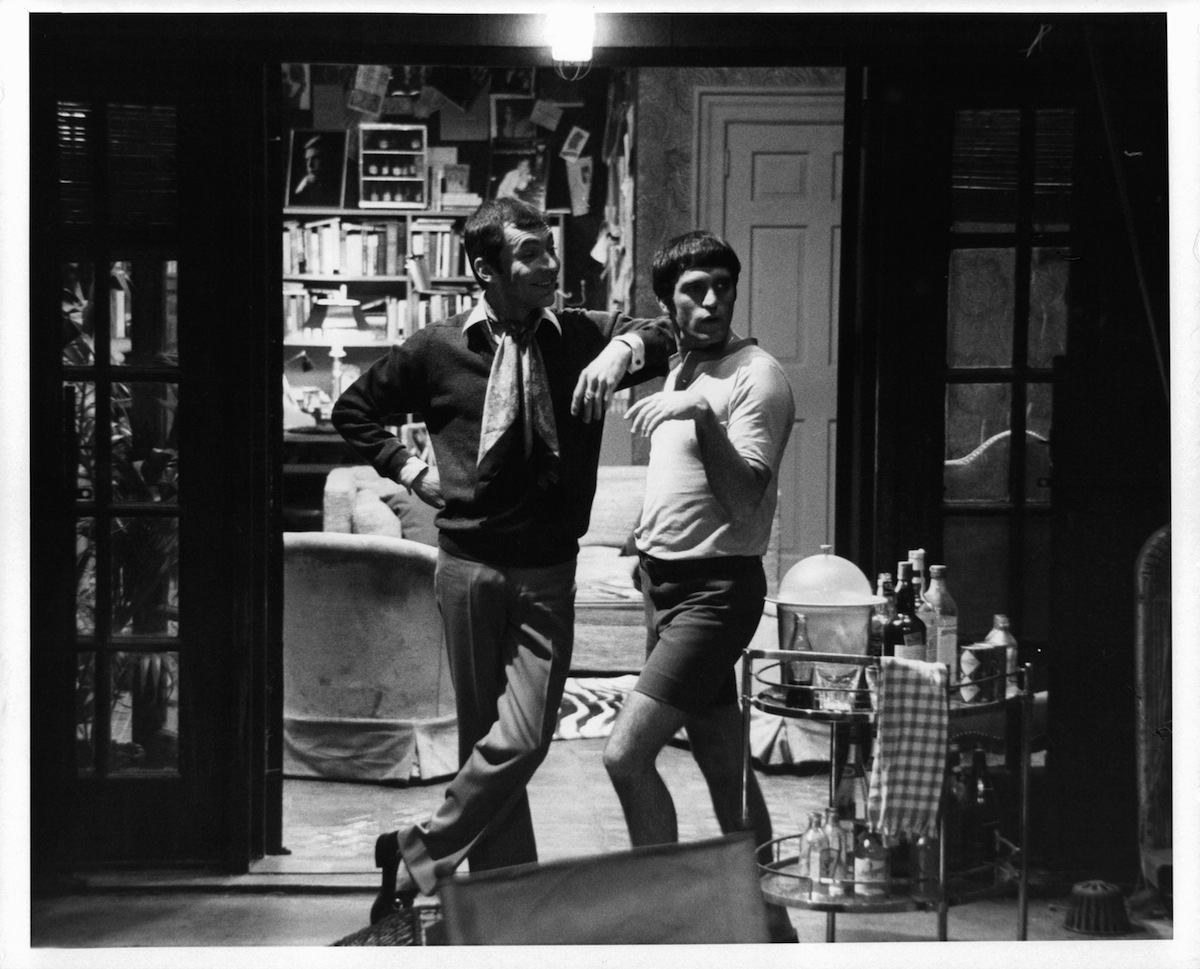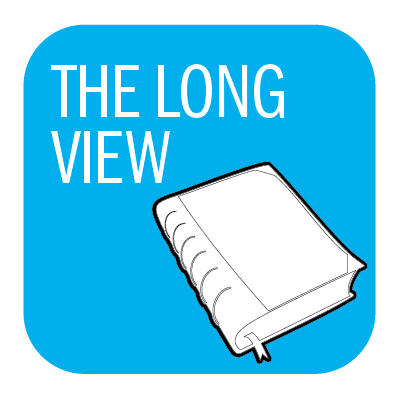
“If the situation of the homosexual is ever to be understood by the public,” a TIME film review stated in 1970, “it will be because of the breakthrough made by this humane, moving picture.” The picture in question was The Boys in the Band, which was released on March 17, 1970, and was one of the first American films to focus on gay characters.
Adapted from Mart Crowley’s 1968 off-Broadway play, the movie is an unflinching and candid illustration of gay life at the time. It offers a snapshot of a particular generation of gay men in New York City, for whom to be “a queer” necessarily meant to be an outsider, and deeply unhappy. Though the characters are unabashedly campy in speech and affect, it’s a survival strategy used to disguise the pain of difference.
Recovering alcoholic Michael (played in the film by Kenneth Nelson) gathers several friends together to celebrate Harold’s (Leonard Frey) 32nd birthday. As the night wears on and the party guests become increasingly drunk, their banter grows sharper and meaner. The flamboyant Emory (Cliff Gorman) enlists the services of a young blond hustler, “Cowboy Rex” (Robert La Tourneaux), as a gift to Harold, but the men treat him with disdain; as a sex worker, Cowboy occupies an even lower rung on the social hierarchy than the rest of them do. Tensions mount when Michael’s straight college friend Alan (Peter White) shows up unexpectedly, putting pressure on the men to conceal their sexualities for as long as possible. Emory cannot fool anyone, and, threatened by his effeminacy, Alan punches him in the face, bloodying his mouth and sweater.
To the generation of gay Americans who came of age amidst the positive imagery of the contemporary LGBT rights movement — pride, love, rainbows and the message that “It Gets Better” — the plight of these men can look unrecognizable. With its bitter angst and grim outlook (the film’s most famous line is “show me a happy homosexual and I’ll show you a gay corpse”) The Boys in the Band feels like something of a relic.
But in 1970, it was a milestone for gay representation in Hollywood. For decades, homosexuality did not appear onscreen at all; the 1930 Motion Picture Production Code, enforced until 1968, prohibited the portrayal of “sex perversion.” Although a handful of characters from classic films — Plato in Rebel Without a Cause, the “sissy” cowardly lion in The Wizard of Oz and the murderous aesthetes in Hitchcock’s Rope — managed to slip past the censors, those who would interpret such figures as gay are stuck reading subtext. In The Boys in the Band, on the other hand, gay desire and identity are explicit; each character announces his presence as a “fairy” or a “queen.” The film helped make the gay community culturally visible during a moment in which openly discussing homosexuality was still taboo, and many Americans had yet to encounter an “out” gay man in person.
At the time of the movie’s release, gay audiences did not universally applaud it, as some believed that the self-loathing and dysfunctional characters perpetuated negative stereotypes. But the film was still a turning point, not least for suggesting that homophobic oppression, rather than some sort of innate pathology, is responsible for making gay men so miserable; it ultimately condemns the social and psychological consequences of “the closet.”
A lot has changed in the past 45 years. The gay liberation movement of the 1970s reduced much of the shame and stigma associated with homosexuality, and gave many gay men the sense of belonging and acceptance that the characters in Boys in the Band were missing. And today, with so many people out to their relatives, friends and co-workers, it is less likely that an individual’s only exposure to the LGBT community comes from the media. But the media, too, has transformed dramatically; in most genres of popular entertainment, especially television (both scripted and unscripted) there has been an explosion of out LGBT characters that shows no signs of slowing down.
In American film, gay characters are far less likely to be cast as villains and recruiters now than in previous decades (in movies like Cruising, for instance), but still the most commercially successful and critically acclaimed films with gay male protagonists are tend to be tragedies. Think of the movies that have received attention from the Academy in recent years, like Brokeback Mountain, Milk, A Single Man and The Imitation Game. These films showcase gay life in the past rather than the present — they are period pieces that remind us of the bad old days, the repression and the hatred prior to our apparently enlightened modern era. The heroes die at the end, murders and suicides.
When queer activist and author Vito Russo wrote about homosexuality on film in the book The Celluloid Closet, he compiled a “necrology” list of dead gay movie characters, because he counted so many of them. That was in 1981, just before the AIDS crisis killed thousands of gay men in San Francisco and New York. Russo’s observation was further validated after Hollywood recognized the AIDS epidemic, in movies like Philadelphia, and other dramas with inevitably bleak conclusions. Now in 2015, the list keeps growing.
During a moment in which LGBT activists promise bright futures to gay youth, it may seem paradoxical that American critics and audiences continue to prefer gay tragedies on film — a sign of our lingering cultural ambivalence regarding sexuality. But as The Boys in the Band shows us, stories of suffering can evoke empathy and offer a sense of historical perspective. The problem only comes in assuming that violence and intolerance are situated safely in the past.
Read TIME’s original 1970 review of the movie, here in the archives: Shades of Lavender

Historians explain how the past informs the present
Sascha Cohen is a PhD candidate in the history department at Brandeis University, specializing in the social and cultural history of 1970s America.
More Must-Reads From TIME
- The 100 Most Influential People of 2024
- Coco Gauff Is Playing for Herself Now
- Scenes From Pro-Palestinian Encampments Across U.S. Universities
- 6 Compliments That Land Every Time
- If You're Dating Right Now , You're Brave: Column
- The AI That Could Heal a Divided Internet
- Fallout Is a Brilliant Model for the Future of Video Game Adaptations
- Want Weekly Recs on What to Watch, Read, and More? Sign Up for Worth Your Time
Contact us at letters@time.com